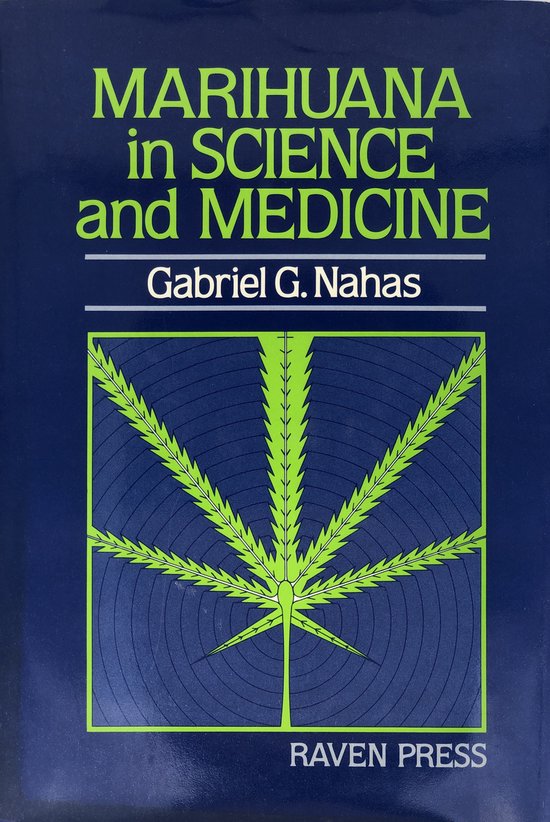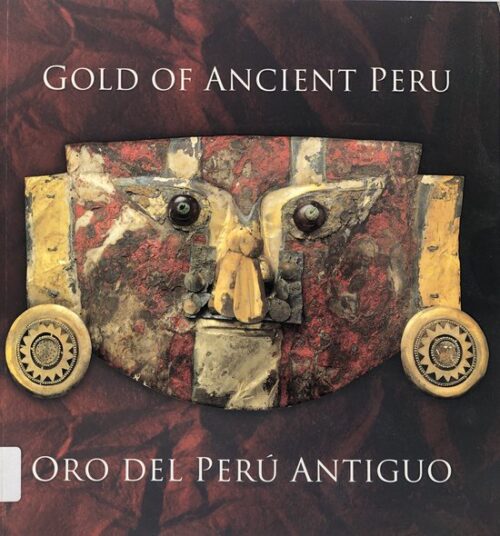Beschrijving
The book opens with a comprehensive survey of the pharmacology of cannabinoids, especially the psychoactive Δ⁹‑Tetrahydrocannabinol (THC) and the non-psychoactive cannabinoids like Cannabidiol (CBD). It explains how these compounds are metabolised, how they interact with neuronal receptors, and how their chemical structure influences their biological effects. The editors highlight both the complex mechanisms by which cannabinoids may produce analgesic, anti-inflammatory or immunomodulatory effects, and also the known toxicities and uncertainties about long-term safety. In the middle section the book addresses specific organ systems and functions: how marijuana affects the brain (including cognition, memory and behaviour), the cardiovascular and respiratory systems, the reproductive system of both men and women, and the immune system. It further discusses clinical and epidemiological data: for example, whether cannabis use is linked to increased risk of certain cancers, or to changes in pulmonary function, and whether its use may interfere with other drugs or anaesthesia. Finally the book turns to the clinical potential and therapeutic applications of cannabis and cannabinoids: the role in pain management, nausea and vomiting (such as in chemotherapy), spasticity in neurological disease, and other symptomatic treatments. At the same time it repeatedly emphasises that many claims are not yet backed by robust clinical evidence, and calls for caution: treating cannabis as a documented therapeutic agent requires more rigorous trials, and policy decisions should be informed by both benefit and risk.







Beoordelingen
Er zijn nog geen beoordelingen.